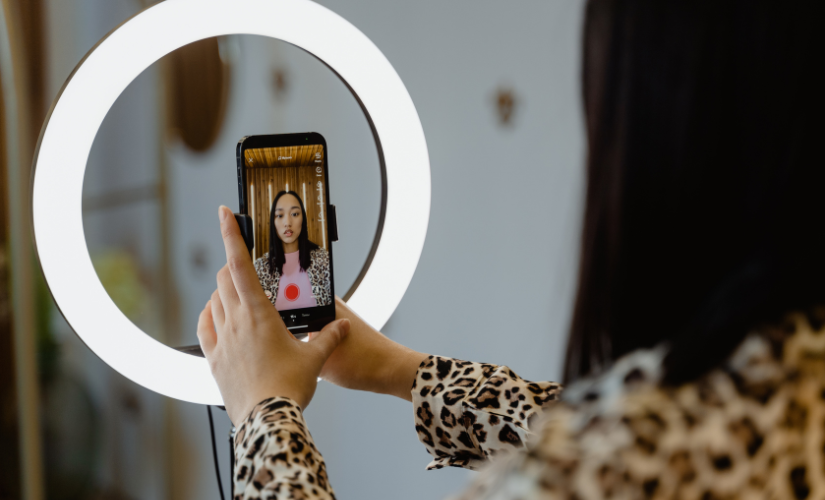For years, LinkedIn was the platform you visited when you needed to update your job title, connect with colleagues, or scroll through congratulatory posts about promotions. It was functional, professional, and - in the eyes of many - a little predictable.
But over the last few years, something has shifted. LinkedIn’s feed has started to look less like a corporate noticeboard and more like a content-driven platform, with influencers, brand partnerships, and creator-led storytelling shaping the conversation.
From Formal to Familiar
The LinkedIn of the 2010s was defined by polished updates, industry insights, and corporate jargon. Today, the tone feels noticeably different. More posts take a personal, narrative-driven approach - sharing career lessons as stories, offering behind-the-scenes glimpses into work life, and even mixing in weekend plans, light humour, and the occasional meme that wouldn’t have appeared on the platform a decade ago.
This shift isn’t accidental. As other social platforms embraced short-form video, meme culture, and direct audience engagement, LinkedIn’s own algorithm began to reward content that sparked conversation. Creators and professionals brought their online instincts from platforms like TikTok, Instagram, and YouTube into the workplace context, creating a space of community and authenticity, as well as professionalism.
The Rise of the LinkedIn Influencer
What might have sounded contradictory a few years ago - “LinkedIn influencer” - is now an established role for some creators. These influencers often blend professional advice with relatable life experiences, creating posts that perform well in both reach and resonance.
The formats vary:
● Carousels breaking down industry tips and updates
● Short videos offering quick insights and educational content
● Storytelling posts that link personal challenges to professional growth
What unites them is a focus on authenticity, even in a space historically known for formality and strict professionalism. As with most other social platforms, authenticity is a key driver of community and engagement through relatability.
Brand Partnerships Make Their Entrance
It’s not just individual creators seeing opportunities; brands have started to leverage LinkedIn’s targeted, professional audience for sponsored content and collaborations with the platform’s creators.
Instead of the lifestyle products common on Instagram or TikTok, LinkedIn partnerships often center around professional development programs, workplace culture, and productivity solutions. For brands, the appeal is clear: the audience is pre-qualified. People on LinkedIn are actively thinking about their careers, skills, and tools, making them more receptive to these topics and offerings.
The Balancing Act
The shift toward personality-driven content raises a question: how far can LinkedIn lean into this new wave of authentic storytelling without losing its professional identity?
A more casual tone and broader range of content can make the platform more engaging, but it also introduces the same challenges faced by other social networks: oversaturation, performative authenticity, and the risk of off-brand content. If too many creators adopt the same style or overuse brand partnerships, the novelty and trust factor could fade, making it harder to strike that sweet spot between genuineness and professionalism.
What This Means Going Forward
For professionals, the change opens up new ways to build visibility and credibility beyond traditional networking. You don’t need to be an influencer to benefit from posting consistently, but the tools and formats are now available if you want to experiment.
For brands, LinkedIn’s current evolution represents a window of opportunity. As the influencer economy diversifies, early adoption on a platform known for professional trust can offer a competitive advantage before the space becomes as saturated as other social networks.
LinkedIn’s transformation hasn’t been loud or sudden, but it’s reshaping how people use the platform and how they grow their careers. What started as a digital résumé has become a space where professional credibility and creative content comfortably coexist - a rare and delicate balance in today’s online landscape.



.png)
.png)
